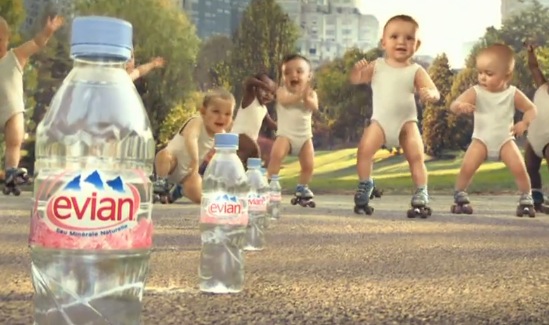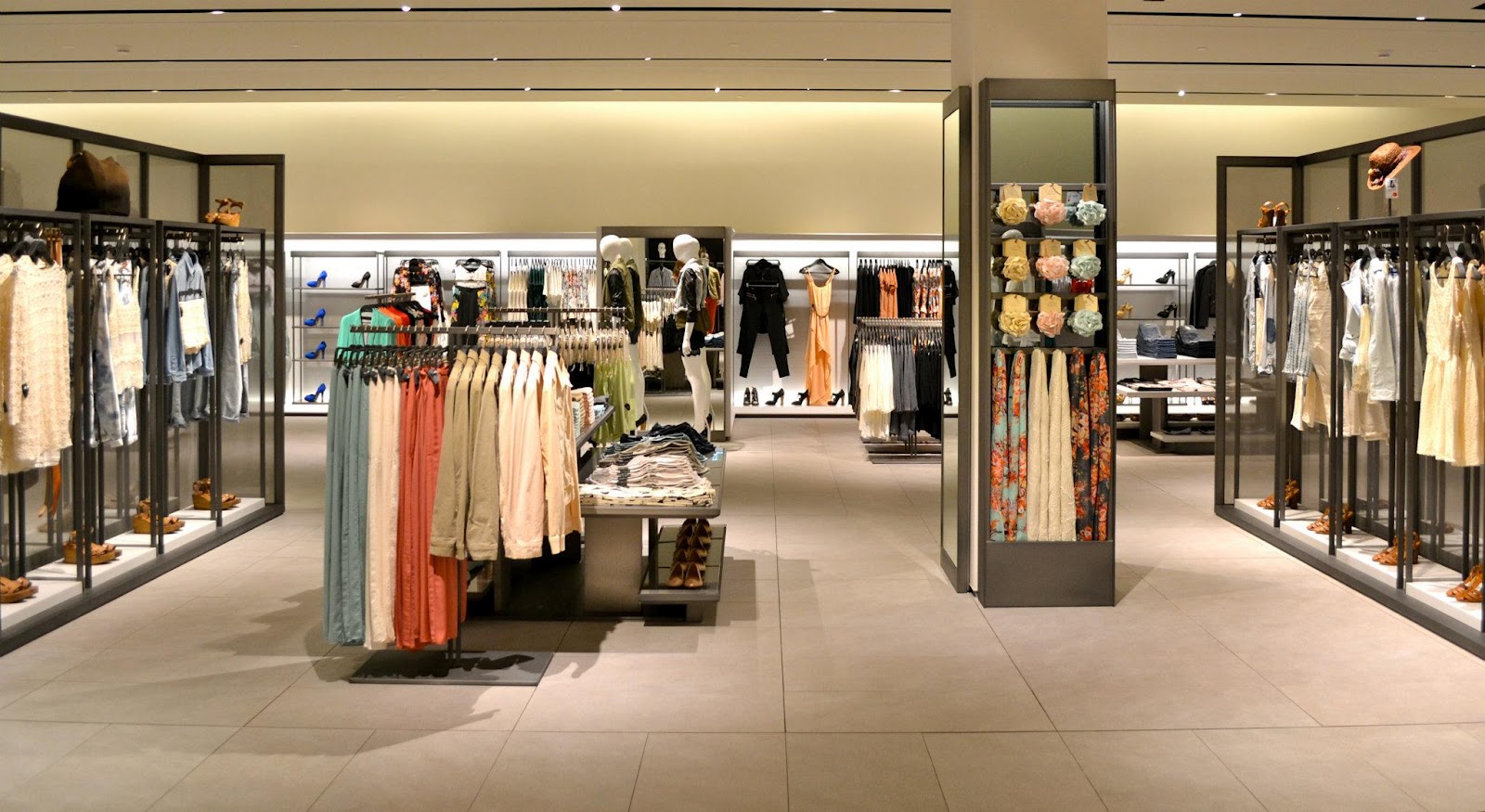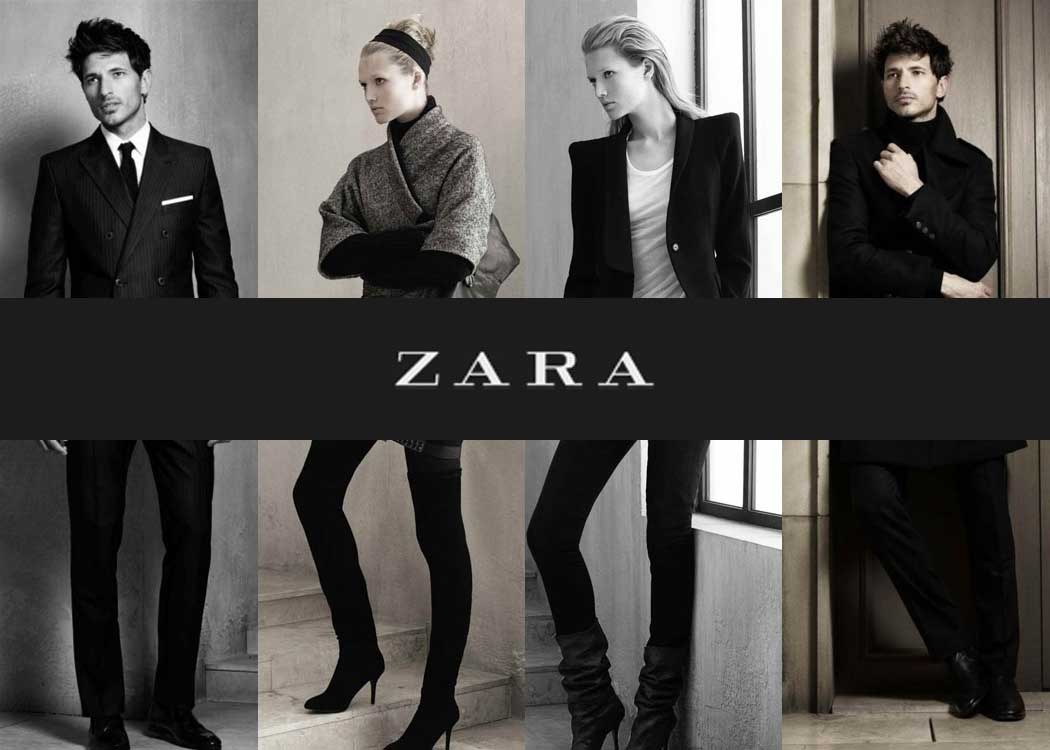In the marketing assignment, my group decided to focus on Zara.

I appreciated the structure of the assignment, as it was split into three parts based on the materials we have learned in class. As opposed to one big assignment, being able apply marketing concepts (consumer behaviour, processes, CDSTEP analysis) as we learn is very effective. Our team meetings were also more productive since the concepts not clouded, but fresh on our minds.
Upon researching Zara, I am very appreciative of the resources compiled on the COMM 296 website. It is important research beyond links from Google to find credible, strong sources to support recommendations. The most useful websites I have come across are Business Source Complete and Factiva.
The video component of the assignment was a great learning experience. I feel that being able to create a multimedia presentation is valuable skill to have. One of challenges of this video project is the creative component and being able to be creative without sacrificing the value of the content. Extensive preparation before the actual filming made the filming very organized and efficient as we had written our script already. Presenting our recommendations through a “Sauder news” TV clip was hard, given that we didn’t have the ideal location.
If I were to do this project the second time around, a more effective presentation would be to include more “in the action” and “realistic on the scene” examples. I would want to incorporate a story in the presentation to engage the audience. Using more visual effects (scene transition, editing) would make the video more interesting.
Knowing that there was a peer review component, I felt motivated to produce something that has high quality detailed information presented creatively. Peer feedback is very helpful especially since we are new to using such technology.














)











